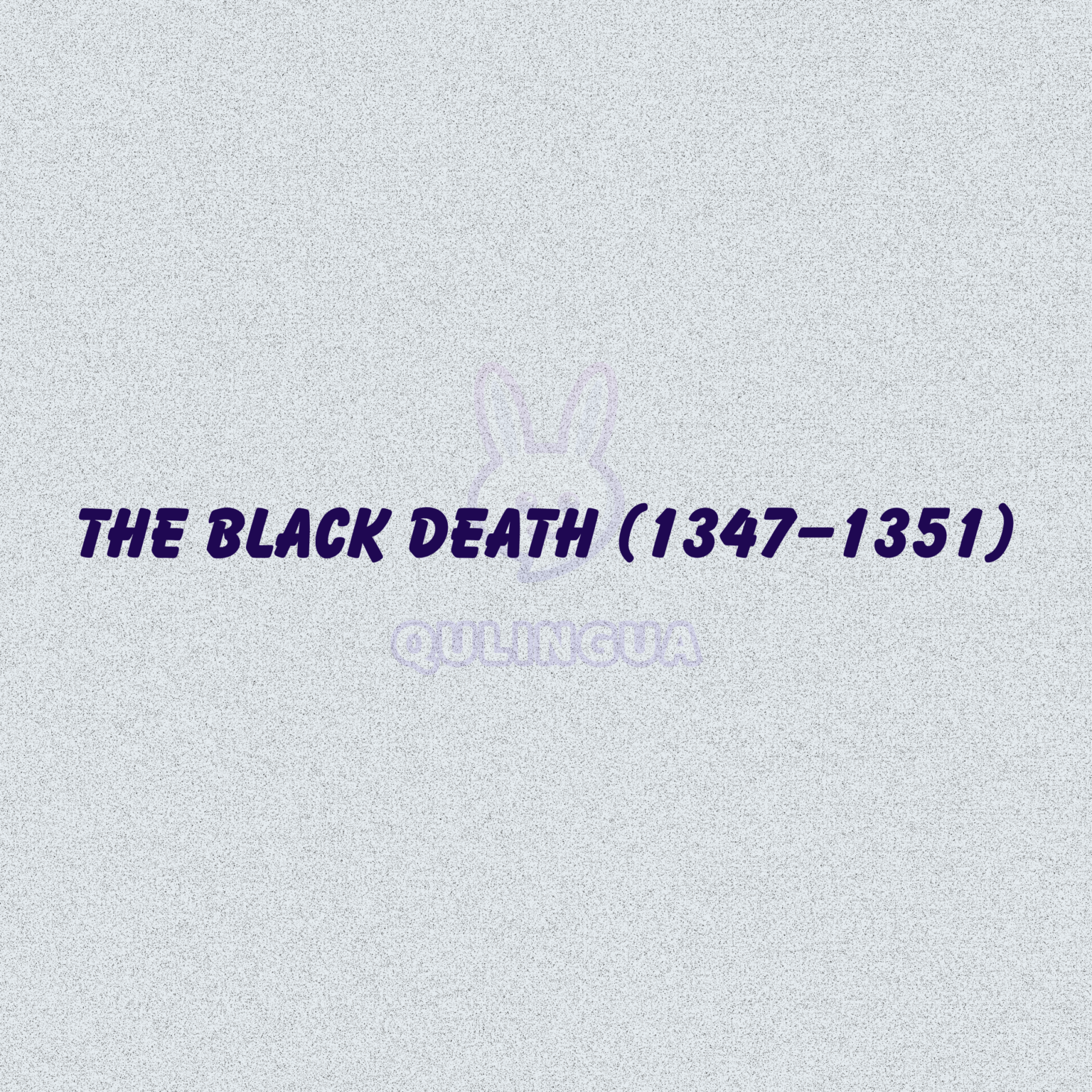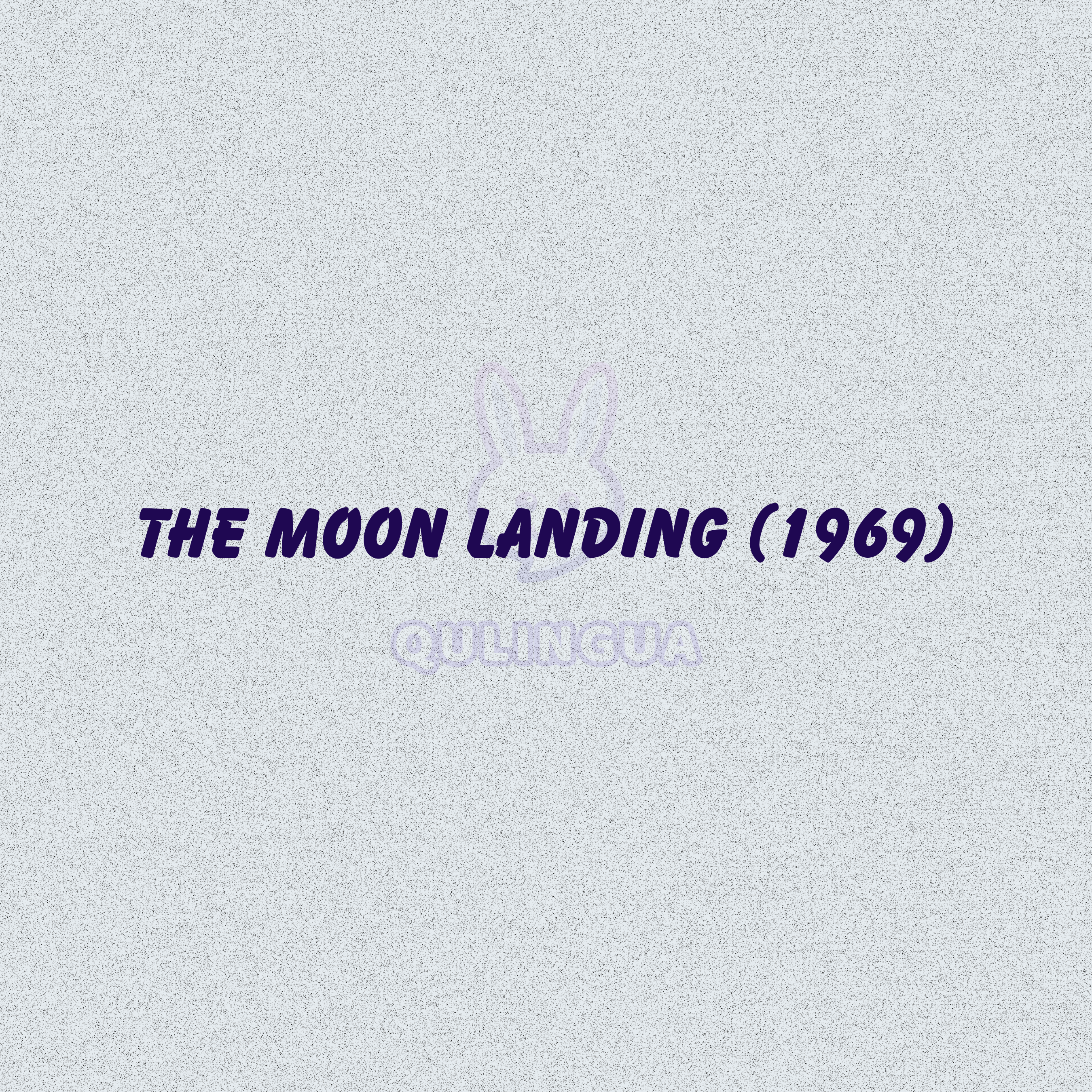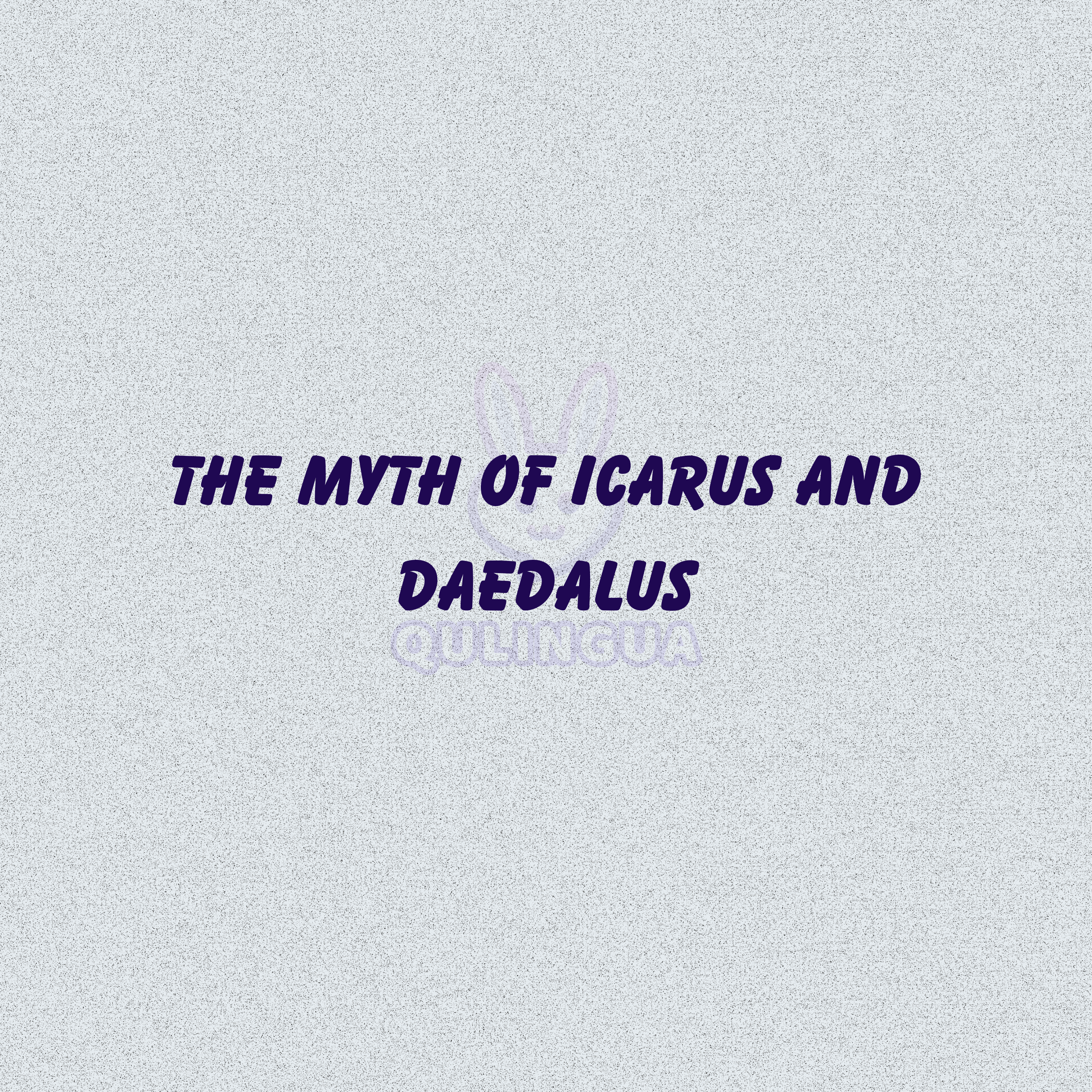This scourge has struck like a bolt from heaven, wiping out whole communities.
Giovanni Boccaccio
The Black Death, caused by the bacterium Yersinia pestis, spread through fleas on rats. It likely originated in Central Asia before reaching Europe via trade routes, particularly the Silk Road.
Once in Europe, the disease spread rapidly, killing an estimated 25 to 50 million people—nearly a third of the continent’s population. Symptoms included fever, painful swellings called buboes, and internal bleeding.
With little medical knowledge at the time, people resorted to superstitions, self-flagellation, and isolation in an attempt to stop the disease.
Entire towns were abandoned, and the labor shortage led to social and economic upheaval.
However, the plague also led to advancements in public health, the decline of feudalism, and increased wages for workers.
The Black Death serves as a reminder of how diseases can shape human history.
It also highlights the importance of scientific research and public health in preventing future pandemics.
Vocabulary Bank:
- Pandemic – Pandemi
- Bacterium – Bakteri
- Superstition – Takhayul
- Upheaval – Pergolakan besar
- Isolation – Isolasi
Soal:
How did the COVID-19 pandemic compare to the Black Death in terms of impact and response?



